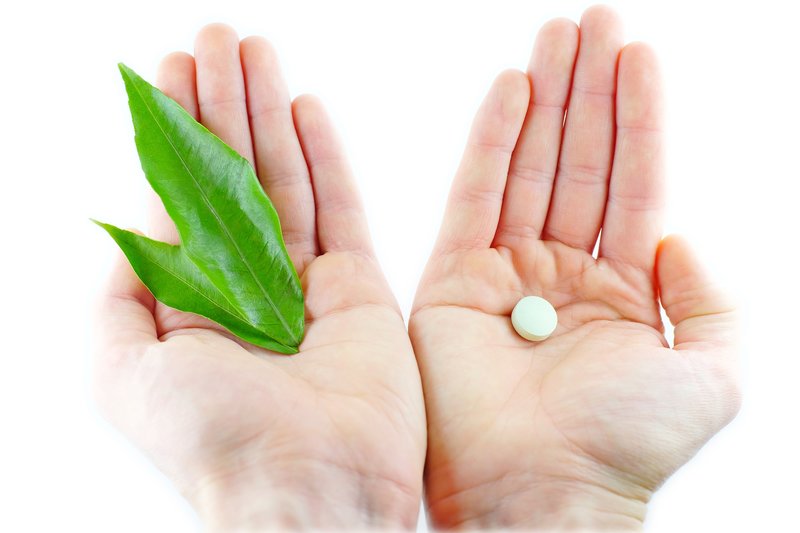Paracetamol, Trump and the Truth About Pain Relief

When President Donald Trump recently made alarming claims about the dangers of paracetamol (which goes under the brand name Tylenol in the US), health experts around the world were quick to push back. His statements were not backed by medical evidence and risked causing unnecessary worry about one of the world’s most commonly used pain relievers.
While Trump’s comments were inaccurate, they did spark an important conversation about how we use painkillers in general. Paracetamol is considered to be relatively safe when used correctly, but because it is so readily available, it’s easy to rely on it without considering other, more conservative options first. And as with all medication, paracetamol is associated with some risk, as is discussed in this 2015 literature review. This raises a useful question: Could we sometimes manage pain just as effectively with simple, natural methods?
In this article, we’ll separate fact from fiction about paracetamol, explain why Trump’s rhetoric is misleading and explore ways you can manage pain safely, naturally and confidently.
What did Trump say about paracetamol?
In September 2025, Donald Trump drew criticism from medical professionals when he claimed that taking paracetamol during pregnancy could contribute to autism in children. Airing his personal opinion, rather than medical fact, he said that paracetamol is “no good” and that pregnant women should “fight like hell” to only take it in cases of extreme fever.
Commenting on Trump’s remarks, Mel Merrit, head of policy and campaigns at the National Autistic Society said: “Let’s be clear – painkillers do not cause autism.”
Trump’s claims that paracetamol is inherently unsafe are misleading. For most people (including pregnant women), paracetamol remains a relatively safe option for pain relief. But it doesn’t have to be the first option when pain strikes.
What are the best natural pain relief methods?
Everyone’s experience of pain is unique. Pain can vary in cause, character, intensity, location and longevity, so what works for one person may not work for another. The good news is that there are many gentle, natural options you can explore to see what suits your body best.
Here are some medicine-free alternatives to paracetamol. Different techniques are suitable for different conditions so if you’re unsure which will be best for you, ask a health professional for advice:
Cold therapy: Ice packs or cold showers can be used to reduce inflammation and numb a specific area to ease pain and swelling.
Heat: Heat from hot water bottles or warm baths/showers can relax muscles, improve blood flow to relieve stiffness and discomfort. The warmth also provides the nervous system with temperature signals; an alternative to the pain signals.
Massage: There are many different types of massage from sports massage to facial massage which can help loosen tight muscles and promote relaxation to decrease pain.
Acupuncture: This ancient practice stimulates nerves and releases endorphins and is scientifically proven to reduce pain sensations.
Mindfulness: Mindfulness can take many different forms from meditation to journaling – or simply spending time on hobbies that you enjoy. These activities can help manage the emotional response to pain and promote relaxation.
Gentle movement/exercise: Exercise such as walking or swimming can help to keep joints mobile and muscles strong, reducing stiffness and pain.
Shockwave therapy: has been proven to reduce pain and augment healing of injured or degenerative muscles or tendons. Excellent for a wide range of musculoskeletal issues including heel pain, hip pain and knee pain caused by arthritis. Find out more about shockwave therapy here.
Osteopathy: Osteopaths use manual techniques to improve joint mobility and relieve muscle tension. Find out more about osteopathy here.
Chiropractic: A chiropractor adjusts spinal alignment to ease nerve pressure and reduce pain. Find out more about chiropractic here.
Physiotherapy: Physiotherapists use movement, stretches and exercises to improve strength, mobilty, restore function and relieve pain. Find out more about physiotherapy here.
When to seek medical advice
If you’re experiencing pain and are finding that the approaches above aren’t helping – or if your pain is persistent or severe, you should seek advice from a health professional. The pain could be a sign of an undiagnosed illness so getting the correct advice is important.
Who shouldn’t take paracetamol
If you have been diagnosed with kidney or liver issues, have ever had an allergic reaction to paracetamol or regularly drink more than 14 units of alcohol per week, it is advised you check with your GP or pharmacist before taking paracetamol.
It is always important to take care not to combine different medicines containing paracetamol as you may accidentally take too much (for instance, when using cold remedies such as ‘Lemsip’). Always check the packaging to see if other remedies contain paracetamol, to avoid overdosing.
You’re in control
Pain is a part of life but managing it doesn’t have to mean reaching for tablets straightaway. By learning more about how your body responds and exploring a range of treatment options – from rest and gentle movement to professional therapies – you can make informed, confident choices about your wellbeing.
If you’d like to chat to us about pain relief and the treatments available at Castle Clinic, please contact us on 01423 797800.
